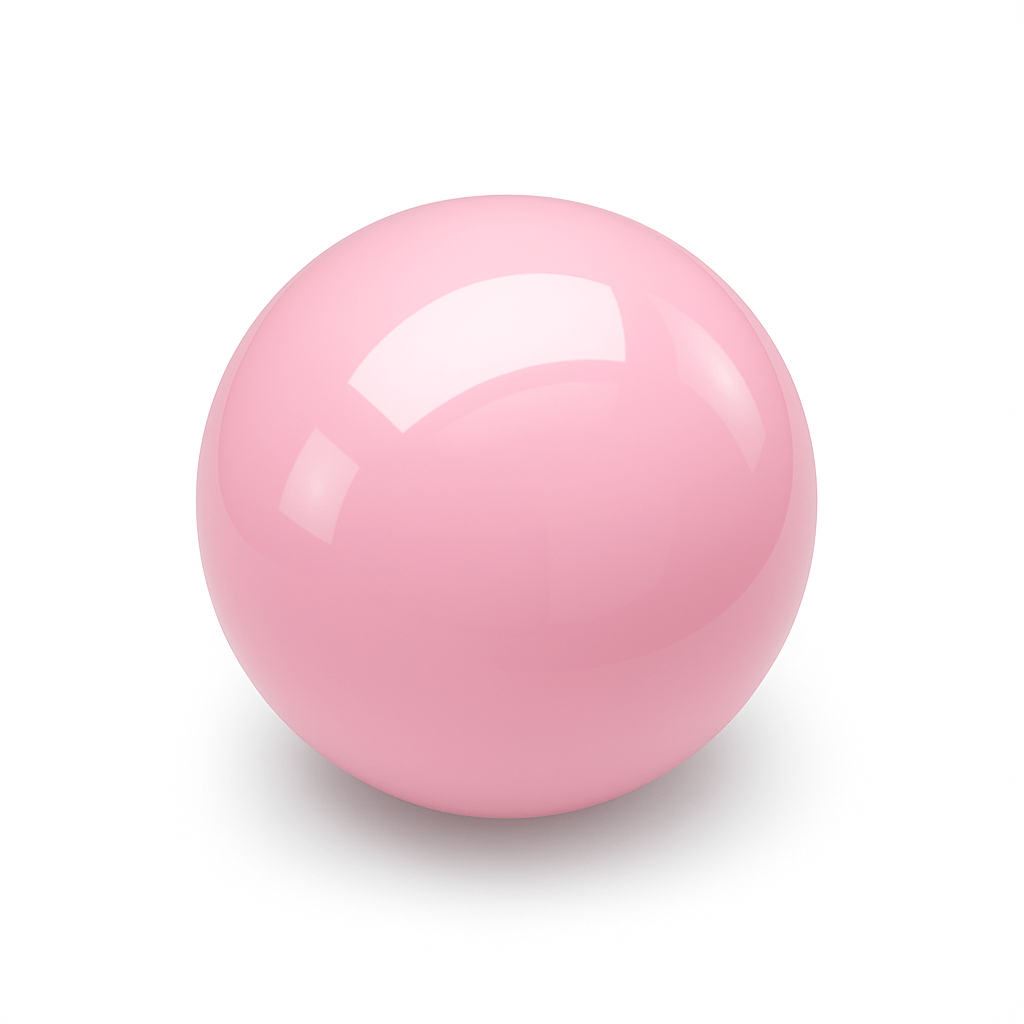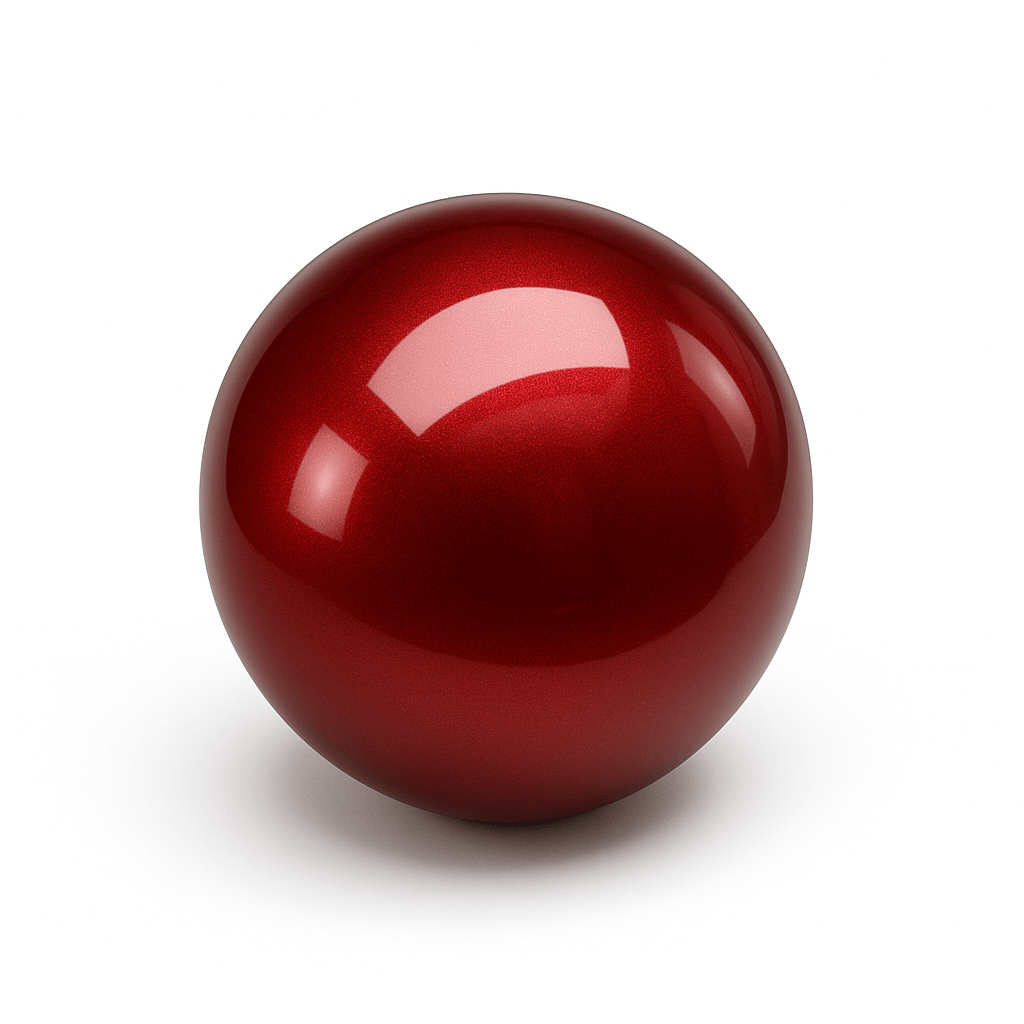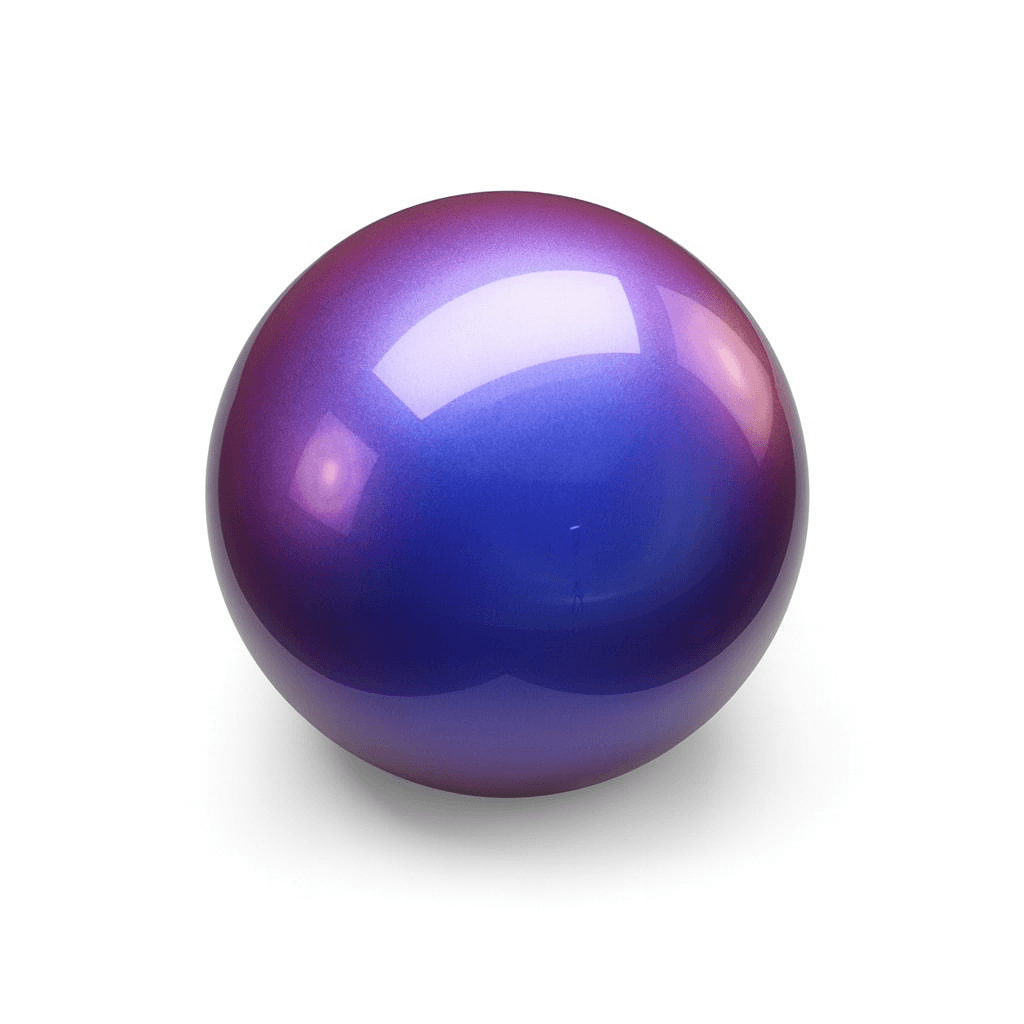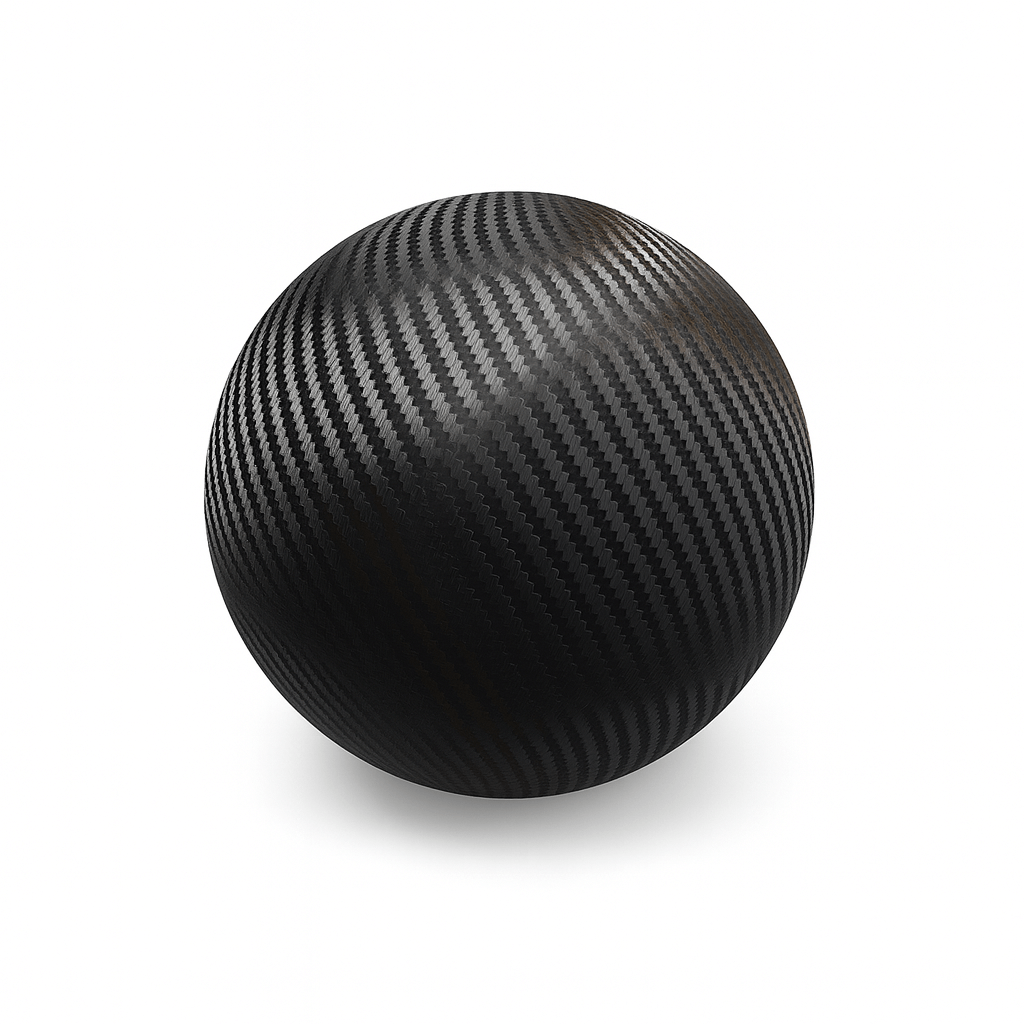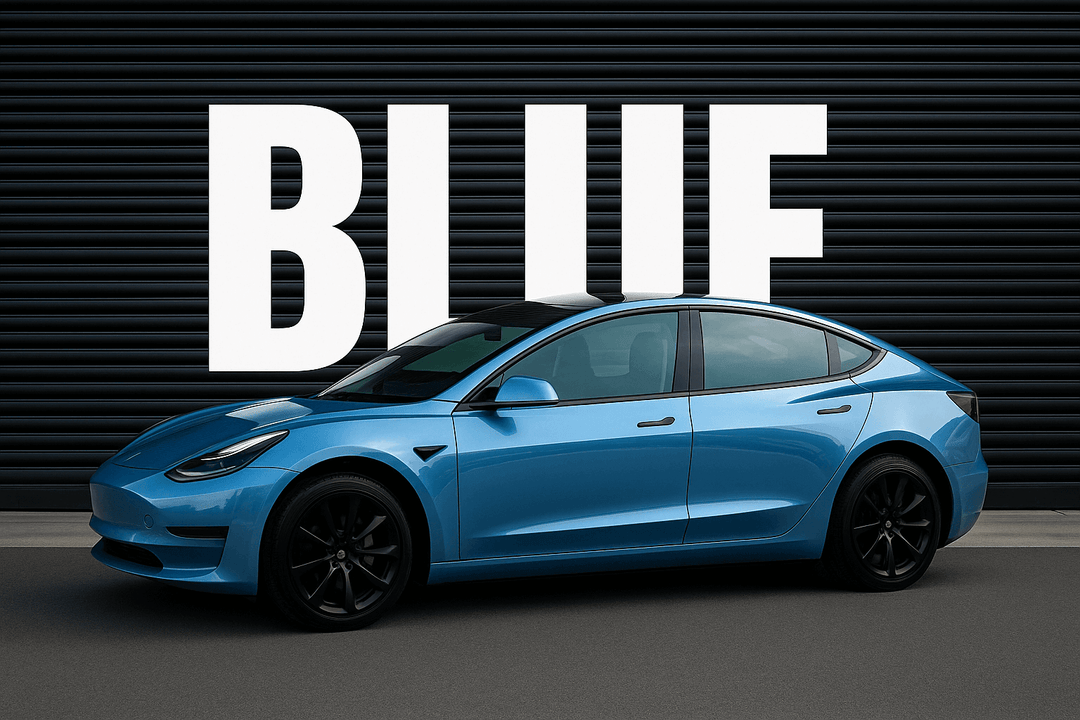How to Install Headlight Tint
Tinting your headlights is one of the most affordable ways to upgrade your vehicle’s appearance while also adding a layer of protection. Many car owners choose to have it professionally installed, which can cost anywhere from two hundred to three hundred fifty dollars, depending on the installer and the complexity of the job. You can also purchase a headlight tint film for less than $50 if you intend to apply it yourself.
If you have been considering headlight tinting, this guide will walk you through every step of the process. You will learn exactly what tools you need, how to prepare your headlights, and the right techniques to achieve a smooth, professional-looking finish.
Tools and Materials You Will Need
Before starting your headlight tint installation, it is important to gather all the right tools and materials. Recommended tools below:
High-Quality Headlight Tint Film
Choose a durable, flexible tint film specifically designed for headlights. High-quality tint films are easier to apply, conform better to curved surfaces, and last longer without fading or peeling.
Heat Gun or Hair Dryer
Heat is essential for softening the film and allowing it to stretch smoothly over the headlight’s curves. A heat gun works best for controlled, even heating. A hair dryer can also be used if a heat gun is not available, though it may take a bit longer to achieve the same effect.
Squeegee or Felt-Edge Applicator
A small squeegee with a soft edge is used to smooth out the film and remove air bubbles without scratching the surface. Felt-edge applicators are ideal for working around curves and edges.
Spray Bottle with Water and Mild Soap (Slip Solution)
Mixing a few drops of mild soap into water creates a slip solution that helps you position the film on the headlight before it fully adheres. This gives you time to adjust placement and avoid wrinkles.
Microfiber Towels
Use clean microfiber towels to dry the headlights after cleaning and to wipe away any excess slip solution during installation. They are gentle on surfaces and help prevent scratches.
Precision Knife or Razor Blade
A sharp blade is necessary for trimming excess film around the edges of the headlight.
Isopropyl Alcohol for Surface Cleaning
Before applying the film, clean the headlights thoroughly with isopropyl alcohol to remove any dirt, grease, or wax. A completely clean surface is essential for proper adhesion.
Gloves (Optional)
Wearing gloves can help prevent fingerprints and oils from transferring to the adhesive side of the film during handling, especially when working with clear or light-tinted films.
Preparation: Before You Start DIY Headlight Tint Wrapping
Taking the time to get the surface completely clean and ready will make the application process much smoother and help ensure your tint lasts as long as possible.
Clean the Vehicle Light
Start by washing your vehicle's headlight, removing any dirt, road grime, or debris that could transfer to the headlights. After washing, dry the area in which you'll be tinting completely using clean microfiber towels.
Clean the Headlights with Isopropyl Alcohol
Once the vehicle is dry, focus on the headlights themselves. Wipe each headlight with a cloth soaked in isopropyl alcohol. This step removes oils, waxes, or any residues that could interfere with the film’s adhesion. If the headlights feel slick after cleaning, repeat the process until they feel completely clean.
Test for Surface Readiness
A simple way to test if the surface is fully clean is to apply a small strip of masking tape to the headlight. If the tape curls or falls off, there are still contaminants present. Continue cleaning until the tape sticks firmly and stays in place.
Control the Environment
For best results, perform the installation indoors or in a shaded area where you can avoid dust, wind, and temperature fluctuations. The ideal working temperature is 70º to 80º F (21º to 27º C). Avoid installing the film when humidity is high, such as during rain or very damp conditions, as moisture can affect adhesion.
Use Heat to Your Advantage
Turning on the headlights for a short time before you begin can help warm the surface slightly, making the film easier to work with. A slightly warm surface allows the vinyl to conform more smoothly to the curves of the headlights during installation.
Prepare the Film
When handling precut tint pieces, it is helpful to continuously spray both sides of the film with your slip solution (a mixture of water and mild soap) to prevent the adhesive sides from sticking to themselves prematurely. Handle the film carefully to avoid bending or creasing it, as this can create wrinkles that are difficult to remove during application.
Step-by-Step Guide: How to Install Headlight Tint
Step 1: Spray and Lubricate Lenses
Start by generously spraying the headlight surface with your slip solution. This mixture of water and mild soap acts as a lubricant, giving you freedom to adjust and reposition the film as you apply it.
The slip solution prevents the adhesive side of the film from grabbing onto the surface too soon and helps avoid common issues like air bubbles, creases, or trapped debris. This gives you time to carefully align and adjust the film, especially if you are using precut pieces that need to fit precisely.
Step 2: Remove Liner
With the headlight fully sprayed and lubricated, it is time to prepare the tint film for application. Start by carefully lifting one corner of the tint film from its liner. Go slowly and gently to avoid stretching or creasing the material as you peel it back; this helps ensure the film stays clean and free of static that could attract dust or debris.
As you peel away the liner, immediately spray both sides of the tint film with your slip solution. Keeping both surfaces wet serves two important purposes. First, it prevents the adhesive side from sticking to itself while you handle the film. Second, it allows you to easily slide and reposition the film once it is placed on the headlight.
Handle the film by its edges whenever possible to keep fingerprints and oils off the adhesive side.
Step 3: Position the Film
Now that the film is fully lubricated, you are ready to apply it to the headlight. Gently place the wet, adhesive side of the film directly onto the surface of the lens. Because both the headlight and the film are still covered with the slip solution, the film should float easily, allowing you to move it around without any resistance.
Use your fingers to slide and adjust it into place, making sure the film is centered and evenly positioned across the entire surface. If you are using a precut kit, take your time to carefully align the film with the edges of the headlight.
Keep the surface wet as you make adjustments. The moisture allows the film to stay flexible and prevents it from sticking too firmly while you fine-tune its placement. Once you are satisfied with the position, you are ready to move on to securing the film and working out any trapped air or moisture.
Step 4: Squeegee on Tints
Once the film is properly positioned on the headlight, it is time to begin securing it. Start by applying gentle pressure to one end of the film so it begins to adhere to the surface. Using your squeegee with smooth, sweeping motions, work from the center outward, pressing down firmly enough to push out air and water trapped beneath the film. As you move the squeegee, you will see the slip solution being pushed out, which is exactly what you want.
Take your time during this step. Keeping the film wet allows you to peel up any sections if large bubbles appear. Simply lift the film back to that area, apply more solution if needed, and re-smooth it. The flexibility to reposition at this stage is one of the advantages of working with vinyl film before heat is applied.
If you are using a headlight tint kit with pre-cut slits, spray the outside of the film with slip solution again. This additional lubrication reduces the chance of scratching as you squeegee. Spray both the light and the film liberally. As you press the film into place, you will notice that one section of the slit may naturally fall over the other. Lightly smooth this flap down with your squeegee until it lies flat. Then, using a sharp razor blade, carefully score and remove the excess overlapping film for a seamless finish.
For headlights with large curves, you will need to work a bit differently. Start by spraying the outside of the film again to keep the surface lubricated. Apply pressure at the center of the headlight to begin anchoring the film, and consider having a second person hold the loose ends to prevent premature sticking.
Use a hair dryer or heat gun on a low setting to gently warm the film starting from the center outward. The heat makes the vinyl more pliable, allowing it to stretch and conform to the curved surface. Be careful not to overheat, as too much heat can distort or damage the film. As you continue applying heat, work in a spiral or circular motion, slowly expanding outward toward the edges while maintaining steady pressure with the squeegee.
Keeping the film slightly warm throughout this process helps it stretch between two and five percent, which allows it to contour beautifully to the curves of the headlight.
Step 5: Heat the Tint
After the film has been fully applied and smoothed into place, the final step is to apply heat to help it conform to the surface and begin the curing process. Using a heat gun or a hair dryer on a low to medium setting, gently warm the surface of the tint.
This step encourages the film to shrink slightly and bond more securely to the curves and contours of the headlight. It also helps remove any remaining moisture trapped beneath the film and allows the adhesive to activate fully for long-term durability.
Move the heat source in a steady, sweeping motion, never hold it too close or leave it in one spot for too long, as excessive heat can cause the film to warp or bubble.
As the tint warms, use your squeegee or a clean microfiber towel to press down gently and ensure a clean, tight seal around all edges.
Step 6: Trim Away Excess
With the film fully applied, smoothed, and heated into place, the final step is to carefully trim away any extra vinyl that extends beyond the edges of the headlight.
Gently run the blade along the edge of the headlight housing, following its natural contour. Keep steady pressure and take your time to ensure clean, even cuts.
If the blade catches or drags, stop and reposition to avoid tearing the film. Working slowly and carefully here will help prevent mistakes that could compromise the finished appearance.
Once trimming is complete, do a final inspection. Smooth down the edges with your squeegee or your fingers, applying gentle pressure to ensure the film is fully sealed.
Step 7: Allow to Cure & Pop Any Bubbles
Once the film is fully applied, trimmed, and smoothed into place, it is time to let it cure. Start by allowing the film to dry for at least thirty minutes. During this initial drying phase, gently wipe away any remaining slip solution from the surface using a clean microfiber towel. Avoid applying additional pressure to the film while it is still settling.
As the film dries, you might notice some fogginess or cloudiness beneath the surface. This is completely normal, especially if a small amount of moisture remains trapped under the film. High-quality headlight tint is designed to be breathable and porous, allowing moisture and air to evaporate naturally over time. Depending on the film’s thickness, weather conditions, and exposure to sunlight, the cloudiness may fully clear within a few days or up to a couple of weeks.
During the curing period, any minor surface imperfections like small wrinkles, ripples, or scratches will also begin to disappear as the film fully conforms and settles into place.
If you are working in cold weather, high humidity, or if the surface was not properly cleaned, you may notice slower adhesion and curing. In these cases, allow extra time for the film to stabilize fully.
After the film has been curing for at least twenty-four hours, inspect your work closely. If you see any small air bubbles remaining, they can be carefully removed. Use a fine needle or pin to gently pop the bubble, then press out the trapped air or moisture using your squeegee. At this stage, avoid spraying any more application fluid, as the film has already started to bond and you do not want to introduce extra moisture.
Your headlight tint installation is now complete. Allow the film to fully cure for the next couple of days before exposing it to heavy washing or extreme weather.
Common Mistakes to Avoid
Even though headlight tinting is very achievable as a DIY project, there are a few common mistakes that can lead to poor results if you are not careful. Being aware of these will help you achieve a clean, professional-looking finish on your first attempt.
Stretching the Film Too Aggressively
It is natural to want the film to conform to the shape of the headlight, especially on curved lenses. However, pulling or stretching the film too much can distort the material, weaken the adhesive, and create thin spots or wrinkles that are difficult to fix. Apply only gentle stretching when necessary, and let heat do most of the work in softening and shaping the film.
Applying in Windy or Dusty Environments
A clean, controlled workspace is essential. Dust, dirt, and small debris can easily get trapped between the film and the headlight during installation, leading to visible imperfections. Working indoors or in a shaded garage helps protect your work area and ensures a smooth, debris-free finish.
Not Cleaning Headlights Thoroughly Beforehand
Any oils, wax, or residue left on the headlight will interfere with the film’s ability to bond properly. This can result in poor adhesion, bubbles, or premature lifting. Take extra care to clean the headlights thoroughly with isopropyl alcohol, and test the surface with masking tape to ensure it is completely clean before applying the film.
Overheating the Film
Heat is a valuable tool when applying headlight tint, but too much heat can easily damage the film. Overheating can cause shrinking, warping, or even melting, especially on thin or colored films. Always use a heat gun or hair dryer on a low setting, and keep it moving to apply gentle, even warmth.
Rushing the Trimming Process
Precise trimming makes a big difference in the finished look. Cutting too quickly or without steady hands can lead to jagged edges, accidental cuts into the headlight housing, or excess film that lifts later. Take your time when trimming. Use a sharp blade and follow the contours of the headlight carefully.
Final Thoughts
Now that you have learned the full process of installing headlight tint, you are ready to take on this rewarding DIY project with confidence. With the right tools, a bit of patience, and attention to detail, you can achieve a sleek, professional finish that transforms the look of your vehicle while adding valuable protection.
The most important part of any successful installation is starting with high-quality headlight tint film. Choosing reliable materials makes the application easier and ensures long-lasting results that hold up against daily driving conditions.
If you are ready to get started, explore the wide selection of affordable, premium headlight tint films available at Yeswrap. With multiple colors, finishes, and kits to choose from, you can find the perfect look for your car and enjoy the satisfaction of completing the job yourself.
Frequently Asked Questions
Can I remove headlight tint myself?
Yes, headlight tint can be removed at home with care. Gently heat the film using a hair dryer or heat gun to soften the adhesive, then peel it off slowly from one corner. Clean any leftover adhesive with isopropyl alcohol. Take your time to avoid damaging the headlight surface underneath.
What is the best headlight tint film to use?
High-quality vinyl tint films designed specifically for headlights are the best choice. These films are flexible, durable, and easy to apply. Look for TPU films that are UV-resistant, scratch-resistant, and breathable, which helps prevent fogging or bubbles after installation. Yeswrap offers a range of premium headlight films that are ideal for both beginners and professionals.
Will headlight tint affect nighttime visibility?
If applied correctly and using a light or moderate shade, most headlight tints have minimal impact on visibility. Very dark tints can reduce light output, which may affect safety and could violate local regulations. It is best to choose tints designed for automotive use that balance appearance with functional light transmission.
Can headlight tint be applied without heat?
While it is technically possible to apply headlight tint without heat on very flat surfaces, heat is highly recommended. Using a heat gun or hair dryer softens the film, allowing it to stretch and conform smoothly to the curves of modern headlights. Heat also activates the adhesive, ensuring a stronger bond.
Is headlight tint waterproof?
Yes, high-quality headlight tint films are completely waterproof once properly installed and cured. They are designed to withstand rain, snow, car washes, and daily driving conditions without peeling or bubbling.
Is Headlight Tint Legal?
Laws regarding headlight tint vary depending on your location. In many areas, dark tints that reduce light output may be illegal or fail vehicle inspections. Lighter smoke tints or clear protective films are often legal and widely accepted. Always check your local regulations before installing headlight tint to ensure compliance.
How Long Does Headlight Tint Last?
With proper installation and care, high-quality headlight tint can last between three and five years. Factors such as climate, UV exposure, driving conditions, and regular maintenance can influence longevity. Keeping the film clean and avoiding harsh chemicals will help extend its lifespan.


